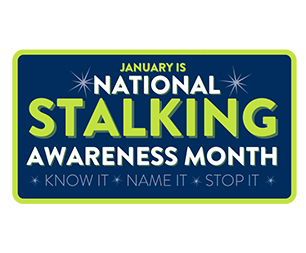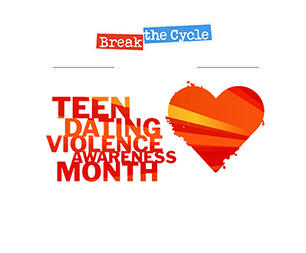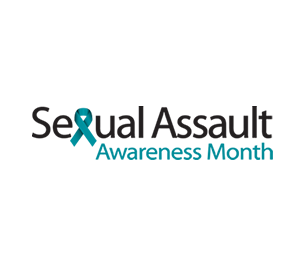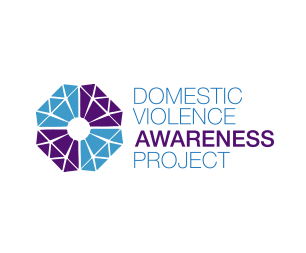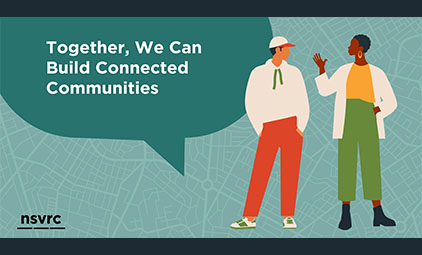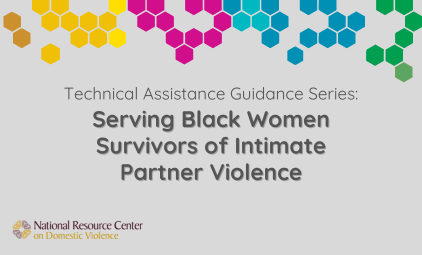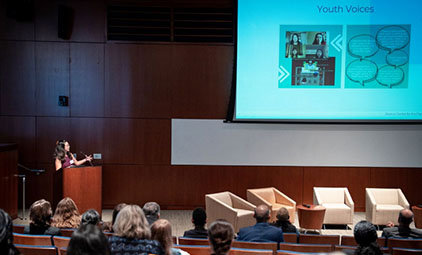by Breckan Erdman for the National Resource Center on Domestic Violence
Emerging in the 1970s from second wave mainstream feminism’s analysis of gender roles and patriarchal oppression, the early Battered Women’s Movement was founded by, and responded primarily to the needs of, cisgender women.
We’ve come a long way in our understanding of intimate partner violence, and while we maintain our original analysis that domestic and sexual violence are rooted in power and control, today we understand that abuse also stems from transphobia, transmisogny, and rigid definitions of gender roles and masculinity. We know that men are also victimized, and that cultural pressures and expectations related to masculinity can minimize those experiences. We know that people who identify as transgender, nonbinary, or gender nonconforming experience shocking rates of interpersonal violence, particularly trans women of color.
Too often, our movement’s legacy continues to contribute to the revictimization of transgender women and non female-identified survivors seeking help from domestic and sexual violence organizations. Trans women often have to jump through unreasonable hoops to prove their womanhood in order to access shelter and other services, and even to volunteer in rape crisis programs. Male-identified survivors’ experiences of abuse are often called into question. Nonbinary survivors—who may not identify as either male or female—often find themselves with nowhere to turn for relevant services due to the gender-segregated nature of many domestic and sexual violence shelters and community-based organizations.
An intersectional approach to gender justice requires a rejection of transphobia and gender exclusivity on the individual, organizational, and community level. Not only does federal funding require nondiscrimination, practicing gender-inclusive advocacy is the ethical and right thing to do, and taking a welcoming, trauma-informed, intersectional approach to our work is the only way to end intimate partner violence.
Responding to the complex needs and experiences of all survivors
First, service providers need to openly acknowledge that survivors of any and every gender identity/gender expression exist and face life-threatening barriers to accessing safety. Evaluate the messages your organization sends to your community, both explicitly and implicitly. We know that people of any gender can and do experience gender-based violence, but does the rest of the world know? Part of our role as advocates is to expand our communities’ understandings of who can be a “victim” and to destigmatize help-seeking.
This means shifting our awareness and education efforts. It means that we need to go beyond simple disclosures that “not all victims are women and not all abusers are men” in written resources and at the beginnings of trainings (and then using gendered language anyways). We need to learn to incorporate the voices and experiences of male and trans-identified survivors into our work. This means including images of male, trans, and gender nonconforming survivors in awareness materials. It also means revisiting the “using male privilege” piece of our traditional power and control wheel and deconstructing and exploring the roles that other forms of oppression and privilege play in perpetuating intimate partner violence. See this Power and Control Wheen for Lesbian, Gay, Bisexual and Trans Relationships as an example.
Of course, raising community awareness is not enough—domestic and sexual violence agencies must also identify existing barriers within our own organizations, commit ourselves to removing these obstacles, and adapt our services to address the expressed needs of all survivors. This requires some introspection. Here are some questions to consider:
- Does the organization have a written policy that clearly states its commitment to serve survivors of all genders/gender identities/gender expressions? If so, do all staff members know about this policy? How is staff trained on this policy?
- To what extent does the organization put its gender inclusive policy into practice?
- Does all staff receive ongoing training on empowering, survivor-centered and trauma-informed practices?
- Does staff have access to appropriate resources and educational materials to build their capacity to provide culturally responsive services for all survivors?
- Do members of the community know that the organization serves survivors of all genders? Does the organization actively reach out to people who identify as male, trans, and gender nonconforming?
- Would non-female-identified survivors feel alienated by the organization’s name?
- Does the organization have visible indicators that it is a safe space for all survivors? For example, does it prominently display brochures or other resources for trans survivors?
- Do staff and board represent the community in which the organization operates?
Building agency capacity to provide gender-inclusive services
FORGE provides technical assistance and has great resources on their website for organizations and advocates seeking guidance on how to build their capacity to serve trans and gender nonconforming survivors, such as their Gender-Integrated Shelters: Experiences and Advice report. NRCDV’s newest Technical Assistance Guidance on serving male-identified victims can also help advocates build capacity to respond to male survivors’ needs in an effective and trauma-informed manner.
Engaging in new community partnerships can help expand your organization’s outreach and capacity to serve survivors of all genders. Consider reaching out to your local LGBT center, HIV clinic, cultural community centers, sports teams, and others. Not only can this help reach people experiencing abuse who may not know about your services or realize that they are welcome in your organization, new partnerships also help to inform your practice by revealing the needs and experiences of individuals who may not commonly access your program so that you can provide more effective and culturally relevant services.
Finally, listen to male, trans, and non-binary survivors themselves, and be prepared to adapt your approaches accordingly. This is nothing new—survivor-centered advocacy has long been a core value of the movement to end gender-based violence.
Rethinking the ways in which our organizations advocate for survivors can seem daunting, but a commitment to inclusivity is the only way to ensure that no survivor is left without access to help. It’s time to roll up our sleeves, get to work tearing down barriers, and embrace the discomfort of growing pains.










